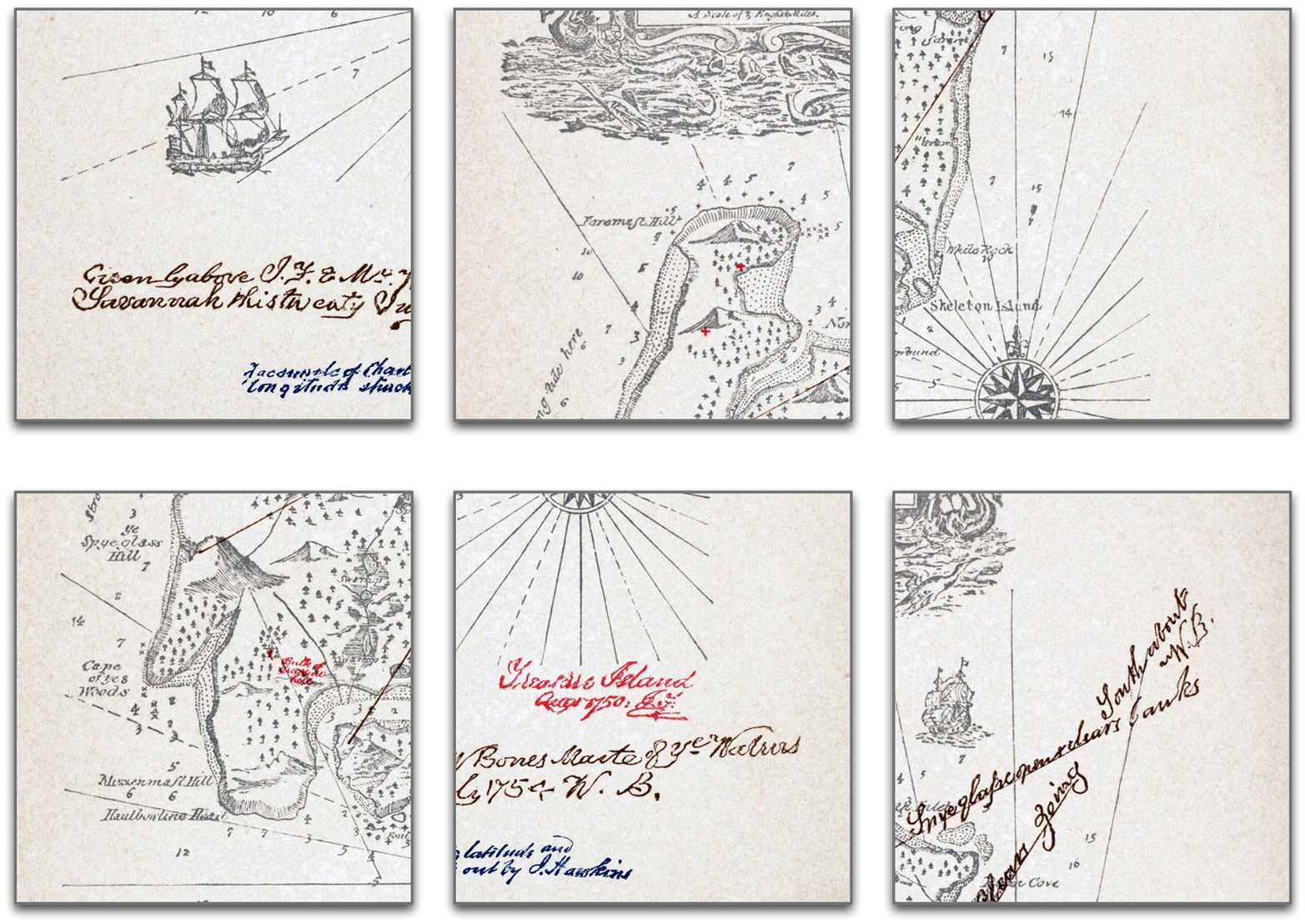Chapter 3. Data on a Need-to-Know Basis
Let’s go back to buried treasure for a moment, to the exciting idea of a treasure map. Making a map avoids the problem suffered by the lost Cheapside Hoard described in Chapter 1. With a map, there’s a way to get access to what is valuable even if something happens to the owner; the knowledge is not lost with the disappearance of that one person. But if a team is involved with hunting for the treasure, likely you’d want to be cautious and have a way to insure cooperation among the members. What do you do?
One trick is to cut the treasure map into pieces and give only one piece to each person involved in the hunt in order to essentially encrypt the map (in so far as any one person is concerned). That way, while each individual works with the real clues, each person knows only a part of the whole story, as demonstrated in Figure 3-1. This approach not only provides an enticing plot line for tales of adventure, it also has implications for big data and security.

Figure 3-1. Pieces of the famous treasure map from the 19th-century fictitious adventure story Treasure Island by Robert Louis Stevenson, shown here out of order. Each piece of a treasure map provides only a partial view of the information about where treasure can be found. Imagine if you had only one of these pieces how much harder the task would be than if you had gotten the entire ...
Get Sharing Big Data Safely now with the O’Reilly learning platform.
O’Reilly members experience books, live events, courses curated by job role, and more from O’Reilly and nearly 200 top publishers.

